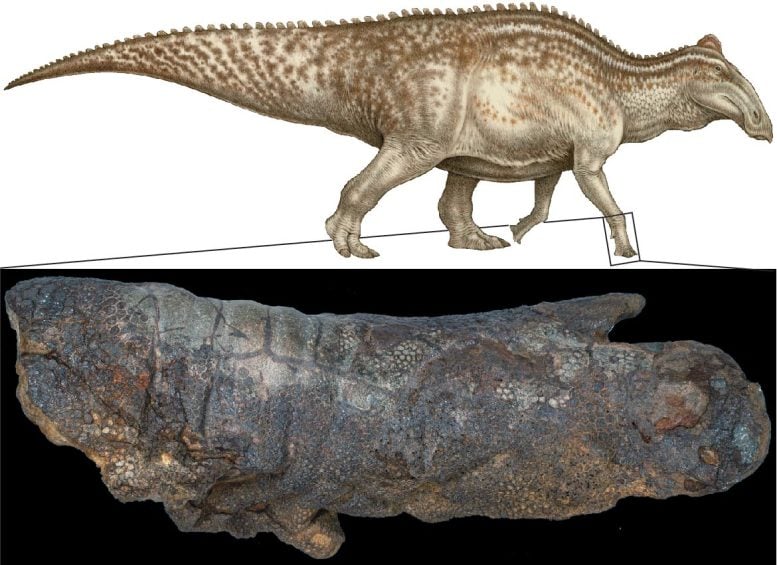
Life reconstruction of Edmontosaurus. Credit: Natee Puttapipat, CC-BY 4.0
Data from fossils and modern carcasses indicates a simple path to preserving dinosaur skin.
Dinosaur “mummies” aren’t as exceptional as we might expect. That’s because of a relatively simple process of desiccation (drying out) and deflation, according to a study by Stephanie Drumheller of the University of Tennessee–Knoxville and colleagues that was published on October 12, 2022, in the open-access journal PLOS ONE.
The term “mummy” is often used to describe dinosaur fossils with fossilized skin. These are relatively rare. Many scientists believe that such fossils only form under exceptional circumstances. That’s because it is thought that in order for skin to become fossilized, a carcass must be shielded from scavenging and decomposition by rapid burial and/or desiccation. Drumheller and colleagues propose a novel explanation for how such “mummies” might form in this research study, where they combined insights from fossil evidence with observations on modern animal carcasses.
The investigators examined a fossil of a dinosaur called Edmontosaurus from North Dakota. It features large patches of desiccated and seemingly deflated skin on the limbs and tail. Bite marks from carnivores on the dinosaur’s skin were identified by the researchers. These are the first documented examples of unhealed carnivore damage on fossil dinosaur skin. Moreover, this is evidence that the dinosaur carcass was not protected from scavengers, yet it became a mummy nonetheless.
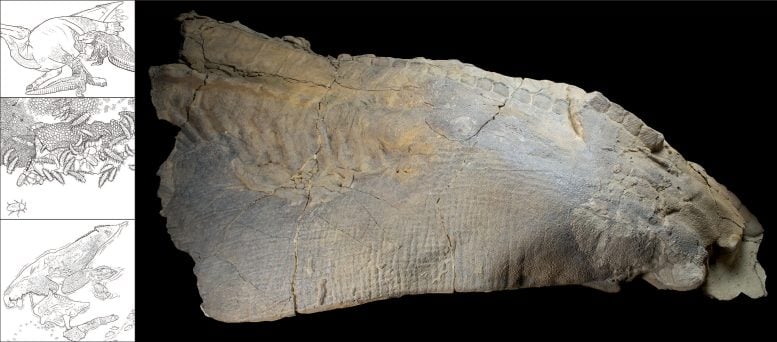
Illustrations on the left show incomplete predation and/or scavenging of the carcass creates openings in the body wall through which fluids and gasses can escape. Invertebrates and microbes use those openings to access the internal tissues. Removal of internal soft tissues and drainage of fluids and gasses associated with decomposition allows the deflated skin and other dermal tissues to desiccate and drape over the underlying bones. This process facilitates longer-term persistence of the skin and other resistant soft tissues until eventual burial and fossilization. Credit: Paleoart by Becky Barnes, CC-BY 4.0
Modern animal carcasses are known to be often emptied out, leaving behind skin and bone as scavengers and decomposers target internal tissues. The authors propose that damage to this dinosaur’s skin from this incomplete scavenging would have exposed its insides. This would have allowed a similar process to occur, after which the skin and bones became slowly desiccated and buried.
This process, which the authors call “desiccation and deflation,” is common with modern carcasses and explains how dinosaur mummies might form under relatively ordinary circumstances. However, the researchers stress that there are likely numerous pathways by which a dinosaur mummy might develop. Understanding these mechanisms will guide how paleontologists collect and interpret such rare and informative fossils.
Clint Boyd, Senior Paleontologist at the North Dakota Geological Survey, adds: “Not only has Dakota taught us that durable soft tissues like skin can be preserved on partially scavenged carcasses, but these soft tissues can also provide a unique source of information about the other animals that interacted with a carcass after death.”
Reference: ‘Biostratinomic alterations of an Edmontosaurus “mummy” reveal a pathway for soft tissue preservation without invoking “exceptional conditions”’ by Stephanie K. Drumheller, Clint A. Boyd, Becky M. S. Barnes and Mindy L. Householder, 12 October 2022, PLOS ONE.
DOI: 10.1371/journal.pone.0275240

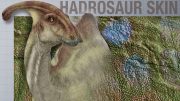
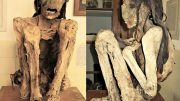
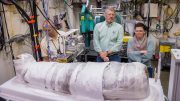
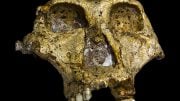

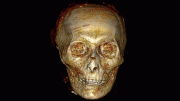
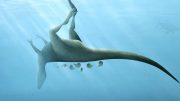
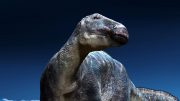
Edmontosaurus nose is not in front of skull I do not know if it is on the top of the skull like a gator or the side of the skull like spinosaurus any way that a aquatic feature .the skull crest like pterosaur voay mesoeucrocodylia skull crest actruly like carnotaurus with 2 horns these horn you can find in fossil mesoeucrocodylia the Nile crocodile t.rex allosaurus.the Nile crocodile is not on the eye it’s near the ears I thought it was the ears they say hardly can see it but you can see it .it’s not as big as Cuban crocodile or Siamese crocodile.whale mesoeucrocodylia do have 6 bones fuse to braincase I thought mite not have that because they so primitive they still have dinosaur bone not found in any mesoeucrocodylia because they say they could not crush bone like modern crocodilian because lack of fusion in some skull bones these bones are 4 in the gator advance protosuchus 2 and whale mesoeucrocodylia 2 but the different from whale mesoeucrocodylia from advance protosuchus they still have the hole in the skull hole mean in science fossa fenestra .that mean the bones was fuse in the past the whale mesoeucrocodylia lost fusion and it is true mesoeucrocodylia that why there is no more 2 scientific name for mesoeucrocodylia in can still crush bone better than Nile crocodile because it has bigger skull it’s longostrine mesoeucrocodylia the longostrine snout is like a backup .fusion of skull bones allways will make skull stronger one of the dwarf caiman nasal is fuse match well with other modern crocodilian bite force even thou dwarf caiman snout is very small the fuse nasal is a land feature that why it is not in many modern crocodilian allso baryonyx lack fuse nasal the ancestor of modern crocodilian but in spinosaurus it is fuse all the claim spinosaurus is just very aquatic dinosaur like a sea turtle is just nonesense it’s better design for land than a Nile crocodile the Nile crocodile and gator is well known to hunt on land it’s a semi aquatic animal but gator Nile crocodile was not on land like spinosaurus .they were right that mesoeucrocodylia with 4 bones fuse to braincase that show how modern crocodilian bite force started allso mean whale mesoeucrocodylia too .clearly they are talking about different bones was not the same thing.but probaly going to fine won in the future with only 2 like spinosauridae the won with 4 was a land mesoeucrocodylia not a whale mesoeucrocodylia .i want to see ice mummy of dinosaur today crocodilian climb mountain so there ancestor probaly did the same
This is really quite fascinating and when I seen it on my phone I couldn’t help but be very happy about it .. I have been searching for a few months now for someone to come and look at a rock I found in my mom’s back yard I’m not so sure is just any old rock .. this article has a photo of a dinosaur that is strikingly close in resemblance to the one I have sense named biggun .. if someone wouldn’t mind sending me a pm or sending me an email I would be more than willing to set a time and date up in Colorado for a viewing/testing of him on my land and if he does in fact test to be legitimate we can perhaps set up a rescue for him preferably before the snow hits or we’ll have to wait until after season and I’m afraid that would cause more damage to his structure .thank you for helping to ensure the preservatios of our past ..